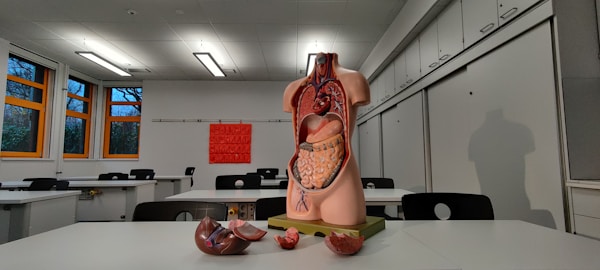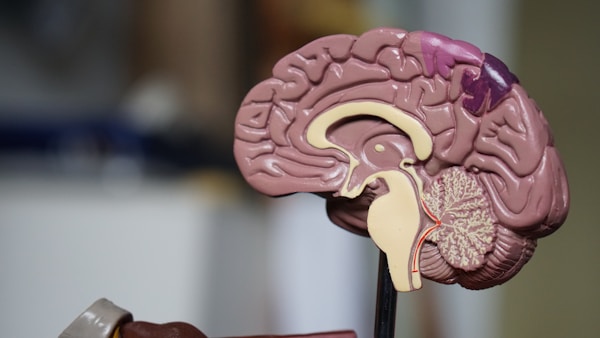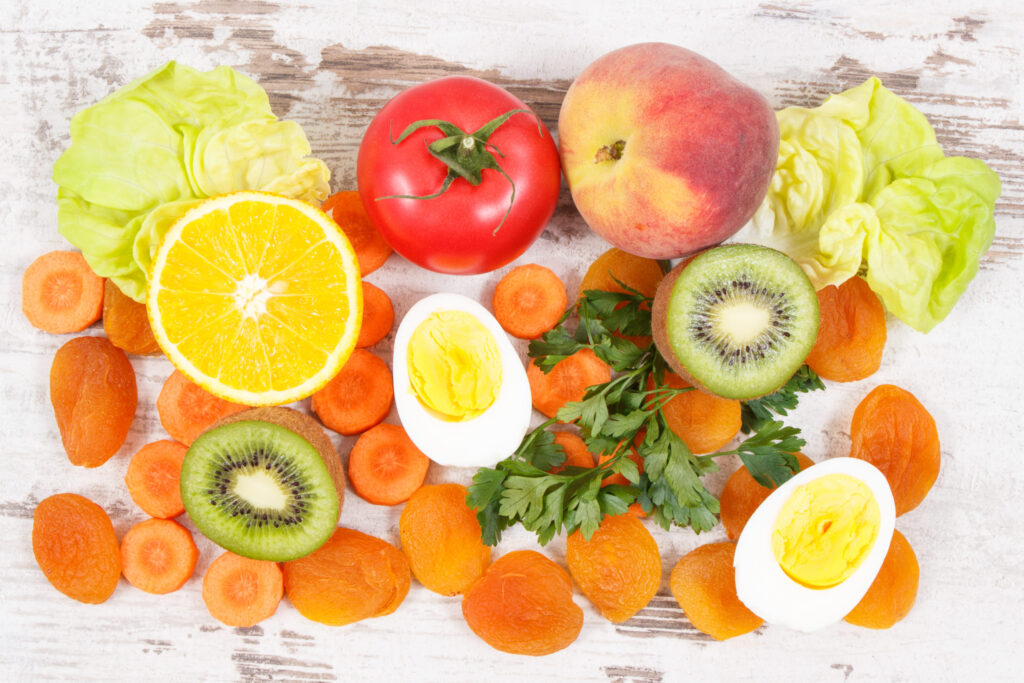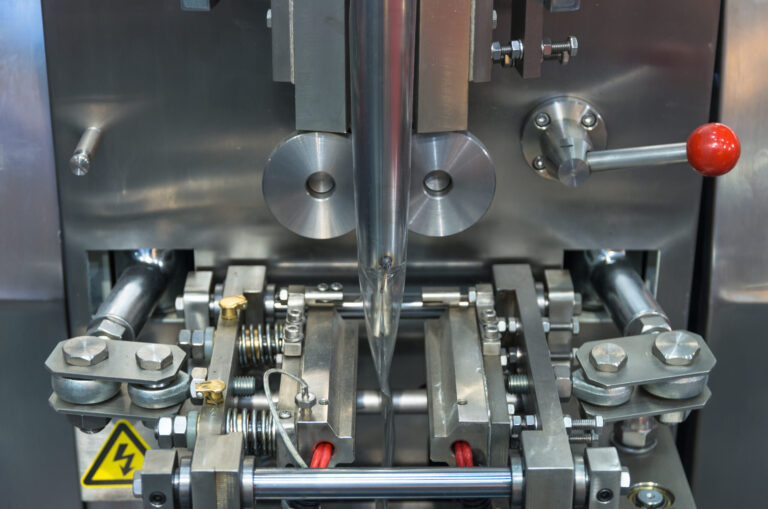The metabolic processes of the cells in our bodies have been studied for decades, and the role of the coenzymes NAD and NADH in these processes is a critical area of research. Nicotinamide adenine dinucleotide (NAD) is an essential coenzyme found in all living cells that plays a crucial role in metabolism. The reduced form of nicotinamide adenine dinucleotide (NADH) is the mitochondria’s primary source of high-energy electrons. In this blog, we will explore the role of NAD and NADH in metabolic processes and the implications of their roles in cell health. Keep reading to learn more about NAD vs. NADH.
How do NAD and NADH support metabolism?

NAD and NADH are two of the most important molecules involved in metabolism. They transfer electrons during redox reactions, which are critical for many metabolic pathways.
NAD and NADH are essential for many metabolic processes, including the breakdown of sugars, fats, and proteins. They are involved in the citric acid cycle, the main process of cellular respiration and energy production. NAD carries electrons from the breakdown of molecules and transfers them to the electron transport chain, where ATP is produced. NAD also helps to produce important cofactors such as FAD (flavin adenine dinucleotide) and NADP (nicotinamide adenine dinucleotide phosphate).
NADH is also involved in energy production, as it’s a high-energy form of NAD and can be used to generate ATP. It can be produced through the breakdown of carbohydrates and other molecules and is then used in the electron transport chain to generate ATP. NADH is also used in fatty acid synthesis and in the production of acetyl-CoA, an essential molecule in energy production.
What are the differences between NAD and NADH?
NAD is an oxidizing agent, which means it can accept hydrogen atoms and electrons and become reduced in the process. This allows NAD to participate in oxidation-reduction (redox) reactions, which are chemical reactions that transfer electrons from one molecule to another. The released electrons are then used in other metabolic reactions.
On the other hand, NADH is a reducing agent, which means it can donate hydrogen atoms and electrons and become oxidized in the process. This allows NADH to also participate in redox reactions as the donor instead of the acceptor. NADH is then used in metabolic reactions where its electrons generate energy for the cell.
NAD and NADH are essential for the metabolism process in the body. Without these two molecules, the metabolism process would not be able to occur.
How are NAD and NADH involved in metabolism?

NAD and NADH are essential coenzymes in metabolism. They are both involved in various metabolic pathways, such as glycolysis, the Krebs cycle, and the electron transport chain.
In glycolysis, NAD is used to accept electrons from glucose, which is then oxidized to NADH and used to reduce pyruvate to lactate. This reaction releases energy, which is used to synthesize ATP. In the Krebs cycle, NADH is generated from acetyl-CoA oxidation and is used to reduce oxaloacetate to malate, releasing energy in the process. This energy is used to generate more NADH and ATP.
In the electron transport chain, NADH and flavin adenine dinucleotide (FADH2) pass electrons to the electron transport chain, which is composed of four membrane-bound complexes. As electrons move through the electron transport chain, their energy is used to pump protons across the membrane and establish a proton gradient. This proton gradient is then used to generate ATP via oxidative phosphorylation.
NAD and NADH play a crucial role in metabolism by transferring electrons and providing energy for the synthesis of ATP. Their involvement in these metabolic pathways allows cells to generate the energy necessary for life.
Overall, NAD and NADH are essential molecules in metabolism. Without these molecules, many metabolic pathways would not be possible.











